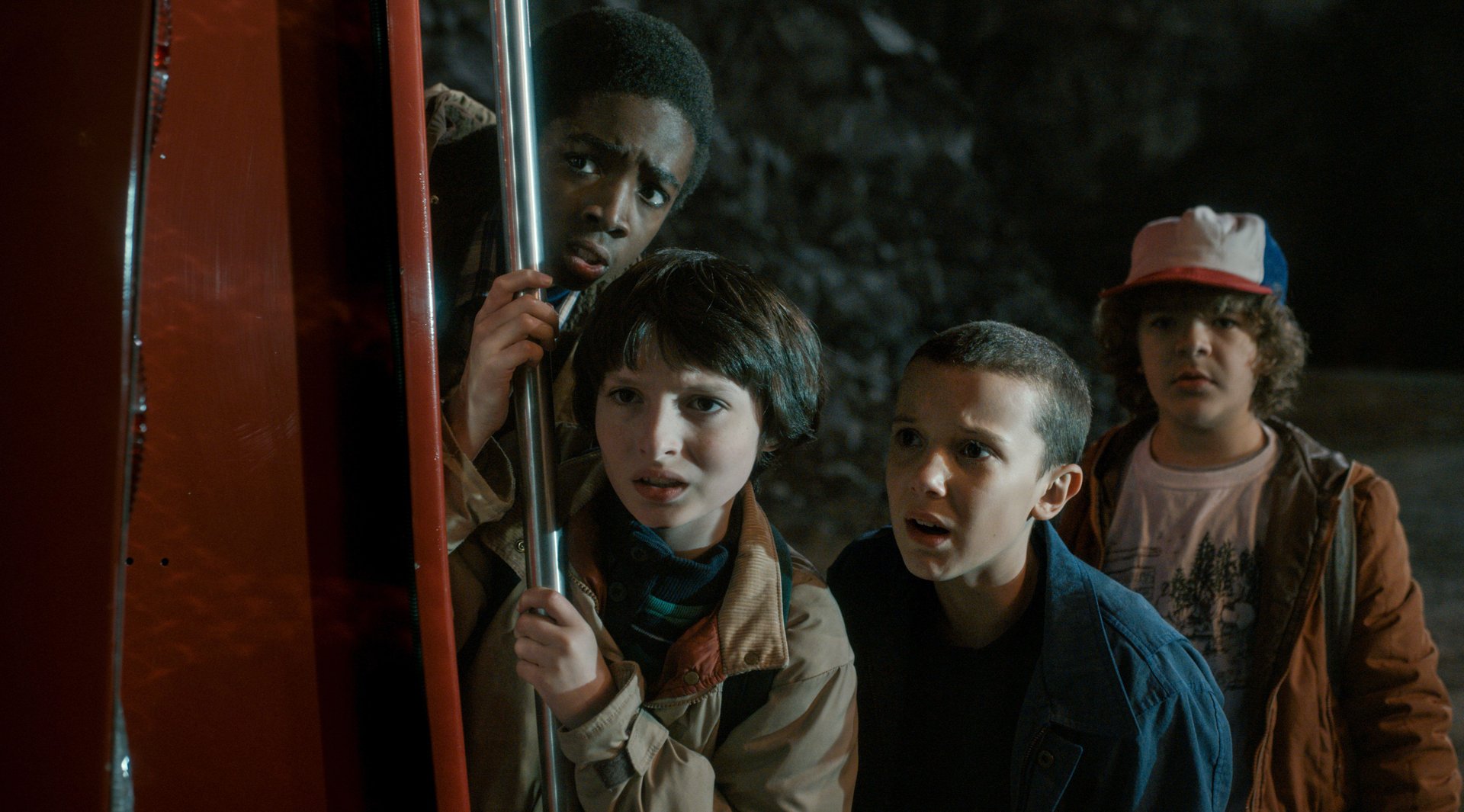Netflix is committed to spending $20 billion on future content. But it’s not a big deal
More than 20 million new subscribers signed up for Netflix in the past year, lured to the subscription services by its robust slate of original programming, including zeitgeist-hitting TV shows like Stranger Things and movies such as Okja. Netflix crossed the 100-million member mark last quarter. And it aims to stock half its library with exclusive series and films, like David Ayer’s upcoming Bright, over the next few years to keep the momentum going.


More than 20 million new subscribers signed up for Netflix in the past year, lured to the subscription services by its robust slate of original programming, including zeitgeist-hitting TV shows like Stranger Things and movies such as Okja. Netflix crossed the 100-million member mark last quarter. And it aims to stock half its library with exclusive series and films, like David Ayer’s upcoming Bright, over the next few years to keep the momentum going.
It’s burned through a lot of cash to finance that push. And it’ll have to pay a lot more.
The streaming service had $4.8 billion in debt, and $15.7 billion in deals with content partners like Disney and Lionsgate, as of June 30 (pdf), according to a recent filing—which, by the way, does not mean it is more than $20 billion in debt as other outlets have suggested. It means it expects to have to pay that amount out in the future.
But the volume is by no means unheard of in media.
Netflix pointed to Disney, which had $51 billion in commitments tied to the broadcast rights for sports and other programming that airs on ESPN and Disney’s other media networks, as of Oct. 1, 2016, the end of its last fiscal year. Those networks brought in about $7.8 billion in operating income in 2016, or about half of Disney’s total operating income. And Comcast—which owns NBC and Universal Pictures—had about $52 billion in obligations that included sports rights, like its deal to air the Olympic Games through 2032, and other programming that airs on its broadcast and cable networks, as of its 2016 fiscal year ended Dec. 31. That figure also included commitments not related to programming, such as contracts to acquire handsets and other equipment.
Netflix has followed the Amazon model of pouring money into its businesses rather than posting profits, and has borrowed to grow even faster. So Netflix’s $4.8 billion in debt—all of which is long-term, or due more than 12 months out—includes notes like the €1.3 billion ($1.4 billion at the time) debt offering Netflix made this spring, which was earmarked for “general corporate purposes,” such as content acquisitions and other investments.
And the $15.7 billion in streaming-content obligations, which Netflix explained in a presentation (pdf) that accompanied its second-quarter earnings, include estimated commitments for future content acquisition, licensing, and production. About $8 billion or nearly half of it is not on Netflix’s balance sheet yet, because the content has yet to hit the service. It includes deals like Netflix’s agreement to stream new Disney, Marvel, Lucasfilm, and Pixar movies, which kicked in the fall of 2016.
The value of future Disney films, like Lucasfilm’s upcoming Han Solo movie, aren’t recorded yet, because they aren’t on the service. Their value will be determined later, by their box-office performance. About $6.6 billion, or 42%, of Netflix’s streaming-content obligations are due within the next 11 months. And the rest are expected to be paid out in the years to come.
Netflix will need to keep growing handily, as it has, to cover those liabilities.
But do keep in mind: That $4.8 billion debt load is also only about 6% of Netflix’s $81 billion enterprise value.